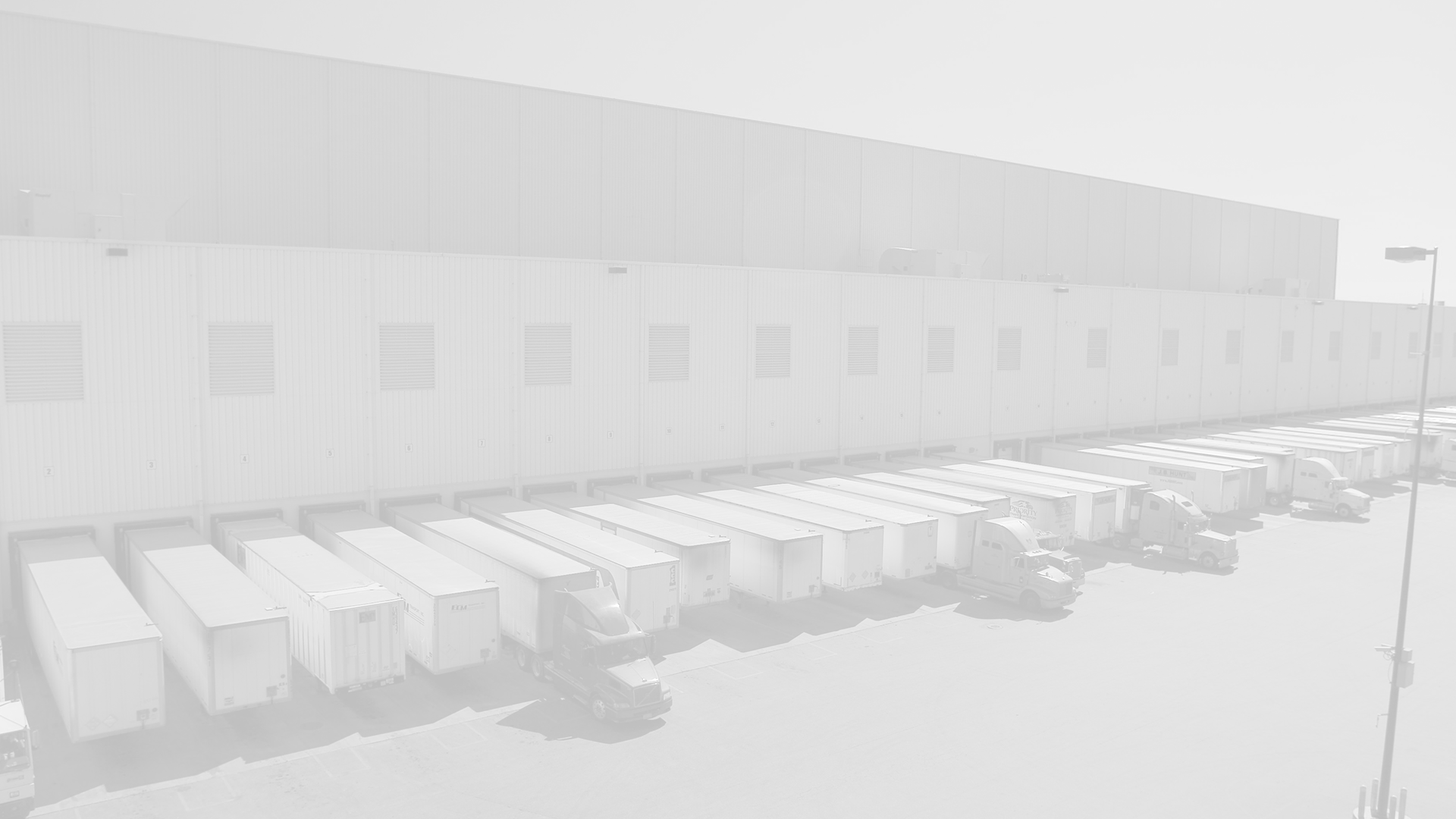
 Industry experts say that the path to success is to start with the consumer and design backwards. Few can describe what this means for the supply chain, beyond the obvious implication that today’s supply chains are not sufficient. Based on ES3’s research into the trends that are impacting manufacturers and retailers, now and in the future, we see three big things that CPG supply chains need to do to put their customers first:
Industry experts say that the path to success is to start with the consumer and design backwards. Few can describe what this means for the supply chain, beyond the obvious implication that today’s supply chains are not sufficient. Based on ES3’s research into the trends that are impacting manufacturers and retailers, now and in the future, we see three big things that CPG supply chains need to do to put their customers first:
- Improve speed to customer
- Reduce costs
- Support mass customization
ES3 is committed to being an engaged partner to drive results in these key areas. Already our groundbreaking Consolidation and Direct-to-Store programs provide unmatched speed to store. Going forward, ES3 is building the capability to be your partner in going directly to the consumer, wherever they may be. Our highly efficient model drives scale, reducing costs without sacrificing quality or speed. Consumers’ demand for variety means mass customization is just around the corner, if not already in place, adding stress to already strained supply chains.
Mass customization increases the number of slow-movers – the most expensive items that supply chains handle. Slow-movers have smaller cases and drive up casepick costs. Ultra-slow-movers even require inner pack or each (selling unit) pick. All slow-movers reduce storage density as many partial pallets are stored. As a result, slow-movers explode pick paths, increase selector travel time, and decrease productivity.
In other words, if companies do not change their operations, the cost per case will increase. This increase is unacceptable to consumers who are demanding value. Companies that can provide variety without increasing costs will have a competitive advantage.
Managing more items at a lower cost requires collaboration and automation. Collaboration allows manufacturers and retailers to share infrastructure. This sharing reduces costs and allows retailers to tailor offerings to consumers by store, or, if online, by consumer. Retailers cannot do this today because their warehouses cannot support every item available from every manufacturer. Collaboration puts traditional retailers on equal footing with online retailers when it comes to offering variety. Collaboration allows manufacturers to stay relevant by providing the variety that consumers crave, at the right price point. Let ES3 show you how to collaborate, keeping costs down and customers happy.

